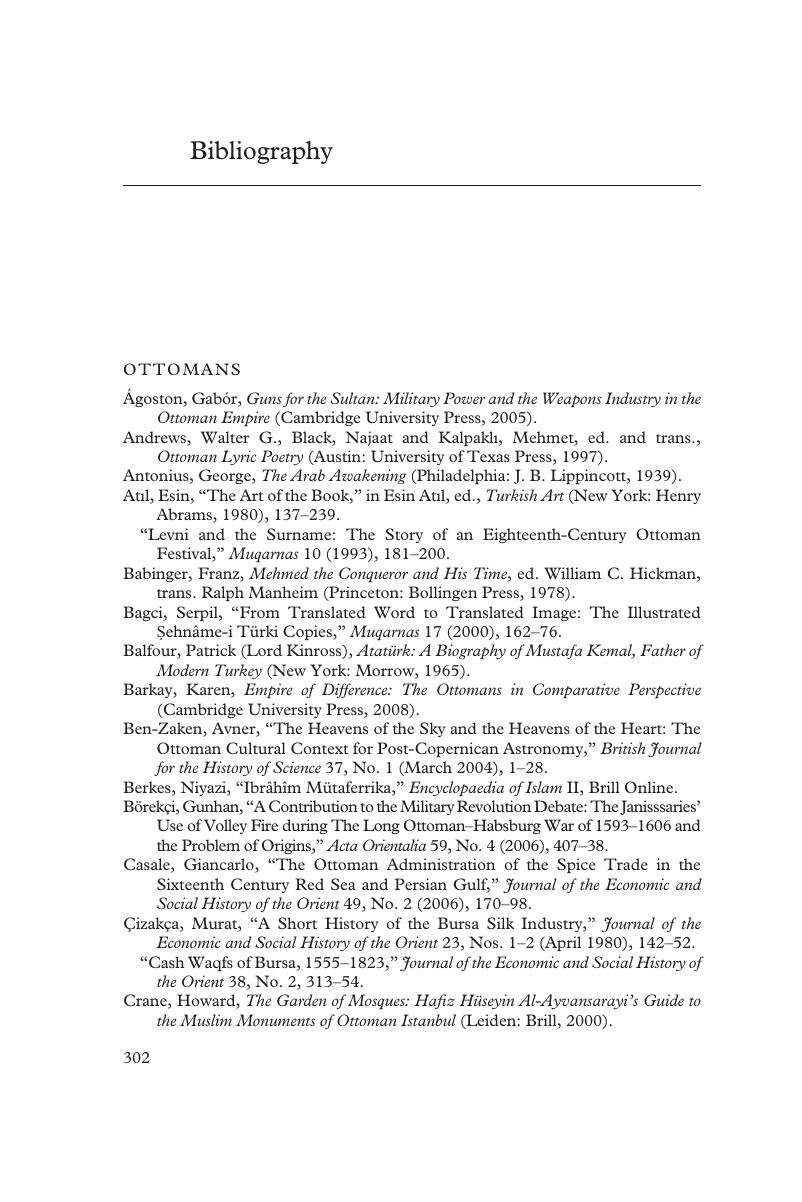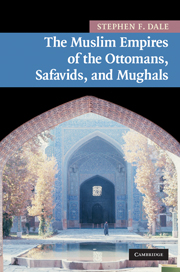Book contents
- Frontmatter
- Contents
- List of illustrations
- List of maps
- Preface
- Languages and transliteration
- Introduction
- 1 India, Iran, and Anatolia from the tenth to the sixteenth century
- 2 The rise of Muslim empires
- 3 The legitimacy of monarchs and the institutions of empires
- 4 The economies around 1600
- 5 Imperial cultures
- 6 Golden ages: profane and sacred empires
- 7 Imperial culture in the golden age
- 8 Quests for a phoenix
- Conclusion
- Glossary
- Dynastic lists
- Bibliography
- Index
- References
Bibliography
Published online by Cambridge University Press: 05 October 2014
- Frontmatter
- Contents
- List of illustrations
- List of maps
- Preface
- Languages and transliteration
- Introduction
- 1 India, Iran, and Anatolia from the tenth to the sixteenth century
- 2 The rise of Muslim empires
- 3 The legitimacy of monarchs and the institutions of empires
- 4 The economies around 1600
- 5 Imperial cultures
- 6 Golden ages: profane and sacred empires
- 7 Imperial culture in the golden age
- 8 Quests for a phoenix
- Conclusion
- Glossary
- Dynastic lists
- Bibliography
- Index
- References
Summary

- Type
- Chapter
- Information
- The Muslim Empires of the Ottomans, Safavids, and Mughals , pp. 302 - 320Publisher: Cambridge University PressPrint publication year: 2009



